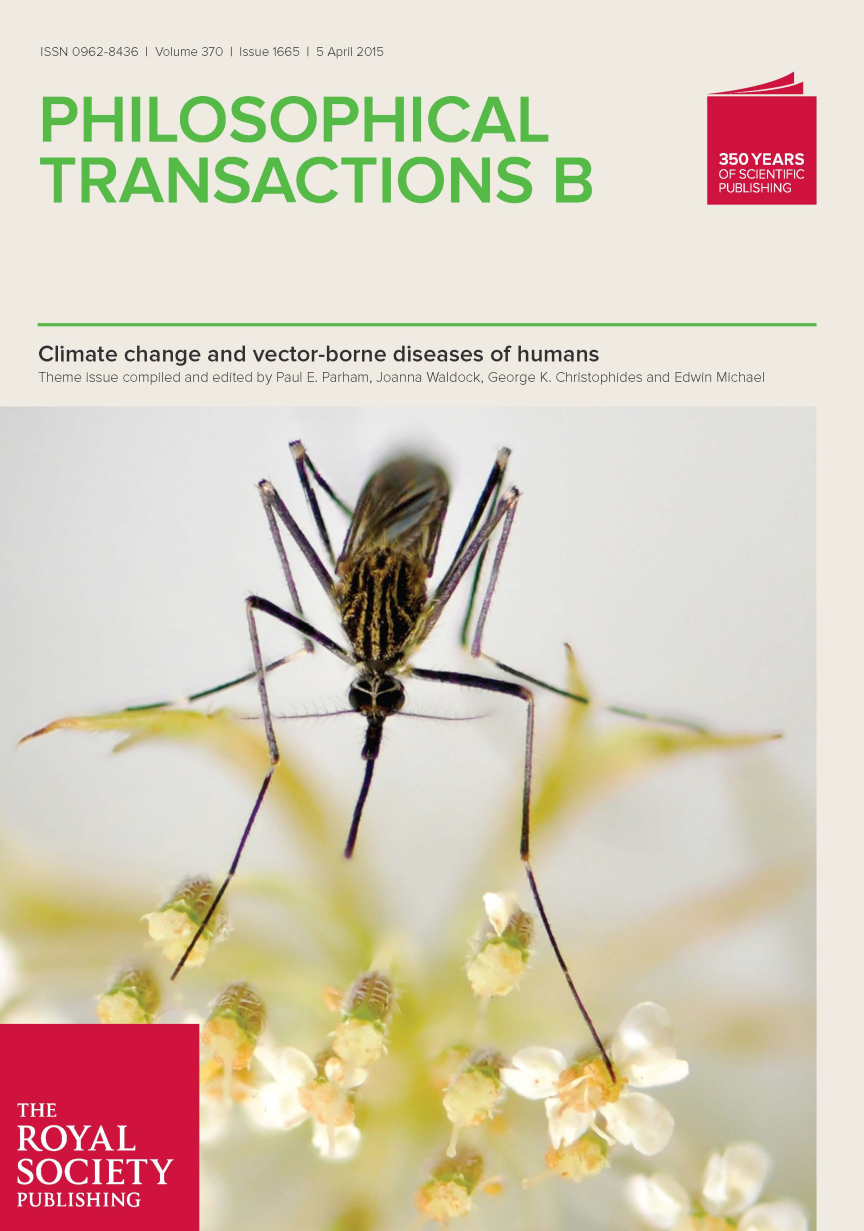Hard to Predict Impact of Climate Change on Human Health
Disease vectors respond to changes in climate faster than expected

Accurate forecasts of a changing climate may not be enough to predict future risk from disease transmission, as the carriers themselves are always changing. In other words, seeing into the future is complicated.
This is the takeaway of a joint paper authored by Andrea Egizi, a graduate of the Rutgers’ ecology and evolution doctoral program, Nina Fefferman, an associate professor in the Department of Ecology, Evolution, and Natural Resources and Dina Fonseca, professor in the Department of Entomology. Both departments are part of the School of Environmental and Biological Sciences at Rutgers.
In epidemiology, a vector, such as a mosquito, moves disease-causing organisms between hosts, such as people. The paper appears in the April 5 issue of Philosophical Transactions B by The Royal Society Publishing, a special issue featuring a series of articles on the theme of change and vector-borne diseases of humans.” The mosquito species, Aedes japonicus japonicus, which they studied, is also featured on the issue’s cover.
Egizi, who oversees Monmouth County Mosquito Control’s Tick-borne Disease laboratory located at Rutgers, led the research, which used an invasive mosquito species exposed to a spatial climate gradient in its new range as a proxy for how vector species might respond to temporal changes in climate. The scientists compared mosquito populations in locations with different temperatures, including some with temperatures higher than those in its native range, and found the high-temperature populations had significant differences in their genetic makeup.

“This suggests that a vector’s current temperature tolerances might not be absolute in the face of climate change,” explains Egizi. “And if a disease vector can adapt to the altered climate, then it is capable of continuing to transmit disease.”
Their findings challenge many predictive models used in projections of vector-borne disease risk that consider only the vector’s current temperature optima in order to predict where it could occur in the future. This is often due to an assumption that vector evolution happens much more slowly than the rate at which the climate is changing.
However, says Fonseca, who has studied the genetics of introduced mosquitoes extensively, “We show in this paper that those kinds of assumptions may not always be valid. The mosquito we studied has only been present in these new areas for less than 10 years, indicating the genetic response was very rapid.”
The researchers caution that although their data shows significant genetic patterns correlated with temperature, they did not demonstrate whether the change was adaptive. However, “natural selection is just one type of evolutionary change,” says Fefferman, who specializes in mathematical models of biological processes like evolution. “The indication that vectors can evolve over such short time scales, regardless of the driving mechanism, strongly suggests a need to incorporate vector evolution into models of vector-borne disease risk.”
The full series of articles on Climate change and vector-borne diseases of humans” in this issue is available here.
Media contact: Ken Branson, 848-932-0580, cell 908-797-2590, kbranson@ucm.rutgers.edu